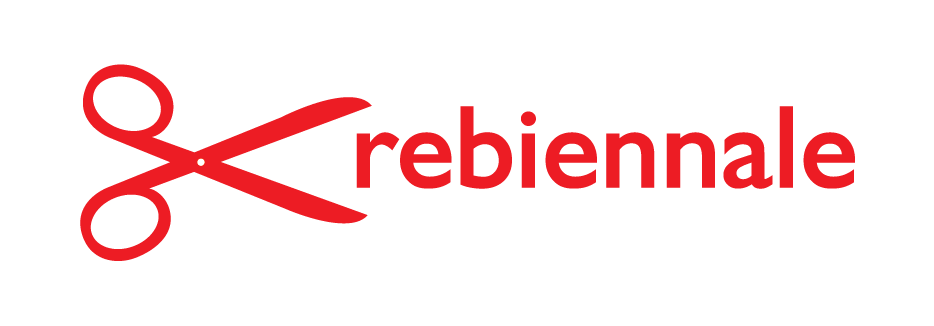W.A.Ve 2014 in IUAV University
Venice, Italy
July 2014
Director: Anupama Kundoo
Main Assistants: Sebastiano Giannesini and Sara Pezzutti
Team tutors: Alba Balmaseda, Chiara Brenna, Marta Casagrande and Luca Uorio
Guest Critics: Manuela Luca Dazio (Executive Director of the Biennale), Giulio Grillo (Rebiennale), Alvise Marzollo (Architect) and Giovanni Leone (Architect)
Life Afterlife
Rebuilding life in ‘obsolete’ buildings with ‘waste’ produced by the Biennale
The global touristic attraction that Venice represents, stands in contrast to the everyday life of the local population and their growing needs. On one hand, the industrial zone and related residential areas developed in Porto Marghera in the early 20th century, once recognised as Italy’s foremost industrial area, with now abandoned and derelict buildings, can be considered a heritage and seen as a ‘resource’ lying unused. On the other hand, surrounding residential areas, by their current disconnection to these monumental buildings that are devoid of life, seem to symbolise decay and redundancy.
On a separate note, the globally relevant art and architecture biennale held annually in Venice are producers of huge quantities of ‘waste’ building materials year after year. A local initiativeRebiennale has been trying to establish itself as a facilitator to source ‘waste’ building materials from the Biennale and make these available to socially relevant projects. Since the last 6 years, they have been facilitators of small projects providing these valuable wastes for building, to assist the homeless in the areas of Porto Marghera and Mestre.
This workshop will identify ‘fertile ground’ in the abandoned areas of Porto Marghera, identify pressing local needs of residents in area and understand the nature of building materials that are annually generated waste products of the Biennale. The focus will be to identify what infrastructure is still relevant as a resource, and what can be ‘produced’ (culture? knowledge? …) in these abandoned industries that are useful for the local community and could sustain it.
Proposals could address various scales, from the larger urban interventions, to smaller industrial sites, or start from the materiality of the ‘wastes’ generated to the design of technologies for using them in building. Proposals may include reassembling of materials from dismantling select buildings. Students would choose the scale at which they would work based on their own capacities and interests. Different groups will simultaneously develop these three scales of explorations so that these findings would inform the further development of the three scales of proposals.
IT L’attrazione turistica globale che Venezia rappresenta è in contrasto con la vita quotidiana della popolazione locale e con le sue esigenze di crescita. Da un lato, la zona industriale e le relative zone residenziali sviluppate a Porto Marghera agli inizi del XX secolo, un tempo riconosciuta come l’area industriale più importante d’Italia, con edifici ormai dismessi e degradati, possono essere considerate come un patrimonio e interpretate come una ‘risorsa’ che giace inutilizzata. D’altra parte, le aree residenziali circostanti, a causa del loro attuale stato di disconnessione nei confronti di questi edifici monumentali privi di vita, sembrano evocare decadimento e ridondanza.
Su un piano differente, le biennali di arte e architettura rinomate a livello internazionale che si tengono annualmente a Venezia, anno dopo anno producono enormi quantità di materiali costruttivi ‘di scarto’. Un’iniziativa locale, Rebiennale, ha cercato di affermarsi quale organismo facilitatore nel recupero di materiali ‘di scarto’ provenienti dalla Biennale e nella loro reintegrazione all’interno di progetti socialmente rilevanti. Negli ultimi sei anni, l’iniziativa ha facilitato piccoli progetti fornendo materiali da costruzione per assistere i senzatetto nelle aree di Porto Marghera e Mestre.
Questo workshop individuerà il ‘terreno fertile’ presente nelle aree dismesse di Porto Marghera, identificando le pressanti esigenze dei residenti del luogo e comprendendo la natura dei materiali da costruzione che vengono annualmente generati della Biennale in qualità di prodotti di scarto. L’obiettivo sarà quello di comprendere quali siano le infrastrutture ancora valide come risorse, e che cosa in queste industrie abbandonate possa essere ‘prodotto’ (cultura? conoscenza?…) di utile per la comunità, e in grado di sostenerla.
Le proposte potrebbero affrontare diverse scale, dagli interventi alla più vasta dimensione urbana a quelli su siti industriali minori, oppure partire dalla materialità dei ‘rifiuti’ generati per progettare tecnologie di supporto al loro impiego in edilizia. Le proposte potrebbero anche prevedere il riassemblaggio di materiali risultanti dalla demolizione di determinati edifici. Gli studenti avranno la possibilità di scegliere la scala a cui preferiscono lavorare alla luce delle proprie capacità e dei propri interessi. Diversi gruppi svilupperanno simultaneamente questi tre ambiti di esplorazione, in modo tale che le rispettive scoperte informino i successivi sviluppi delle tre scale di progettazione proposte
https://wave2014iuav.wordpress.com/guests/anupama-kundoo/
http://www.anupamakundoo.com/wave-14-venice-iuav-university/
Share this Post

